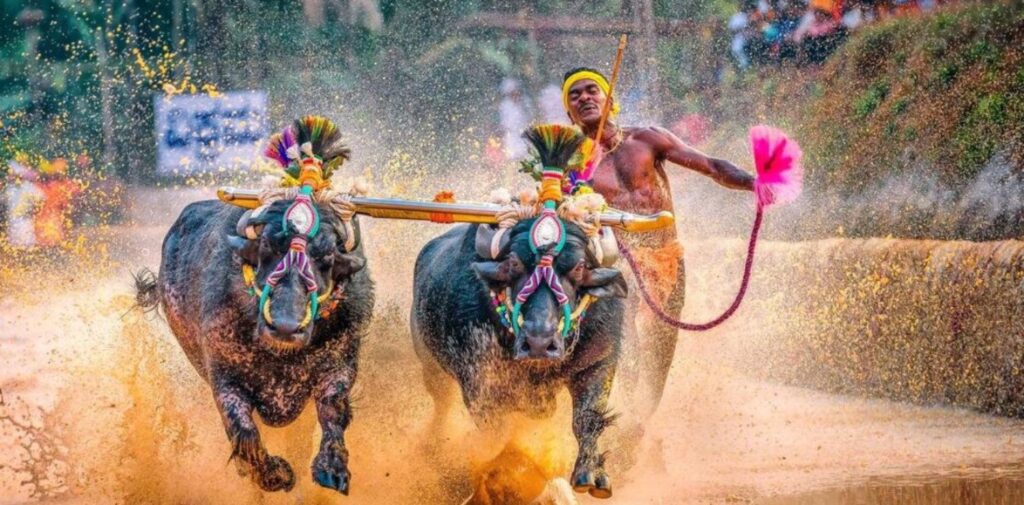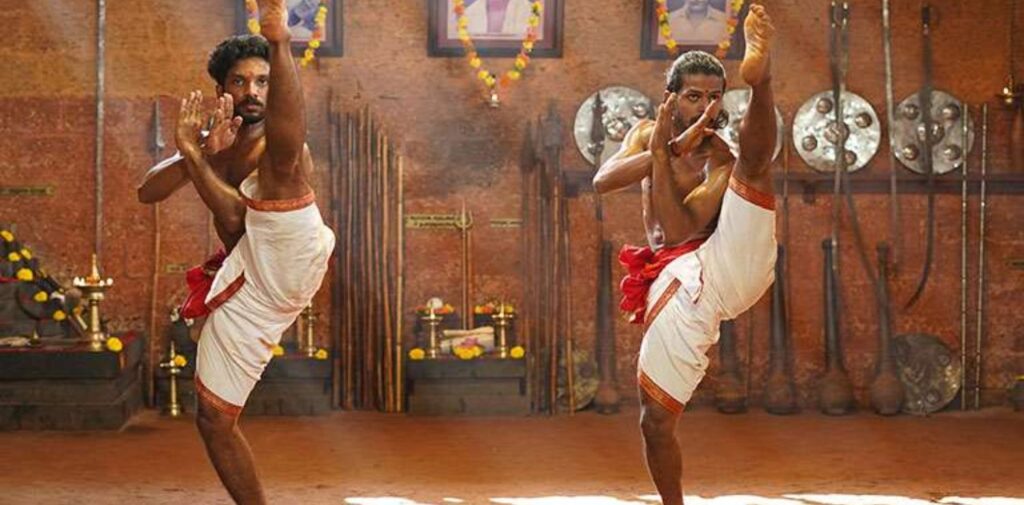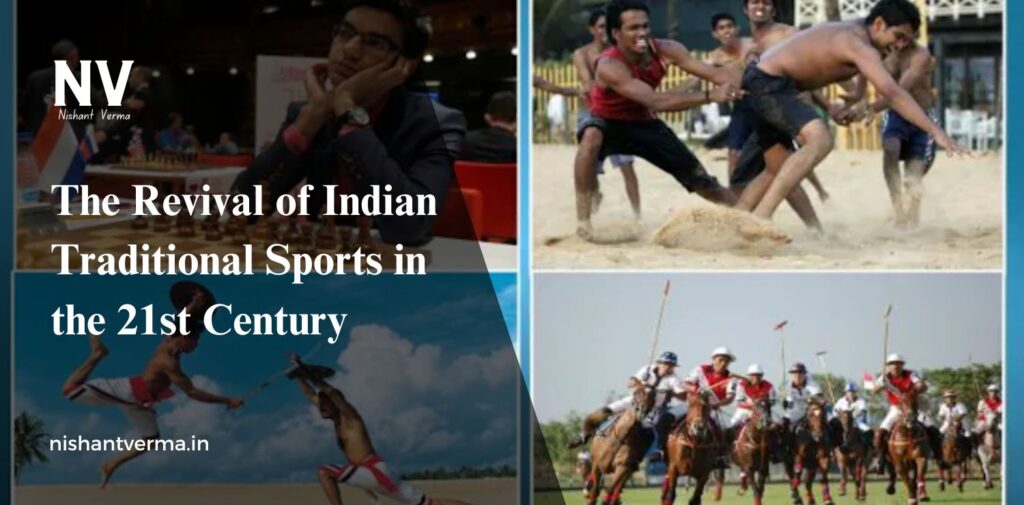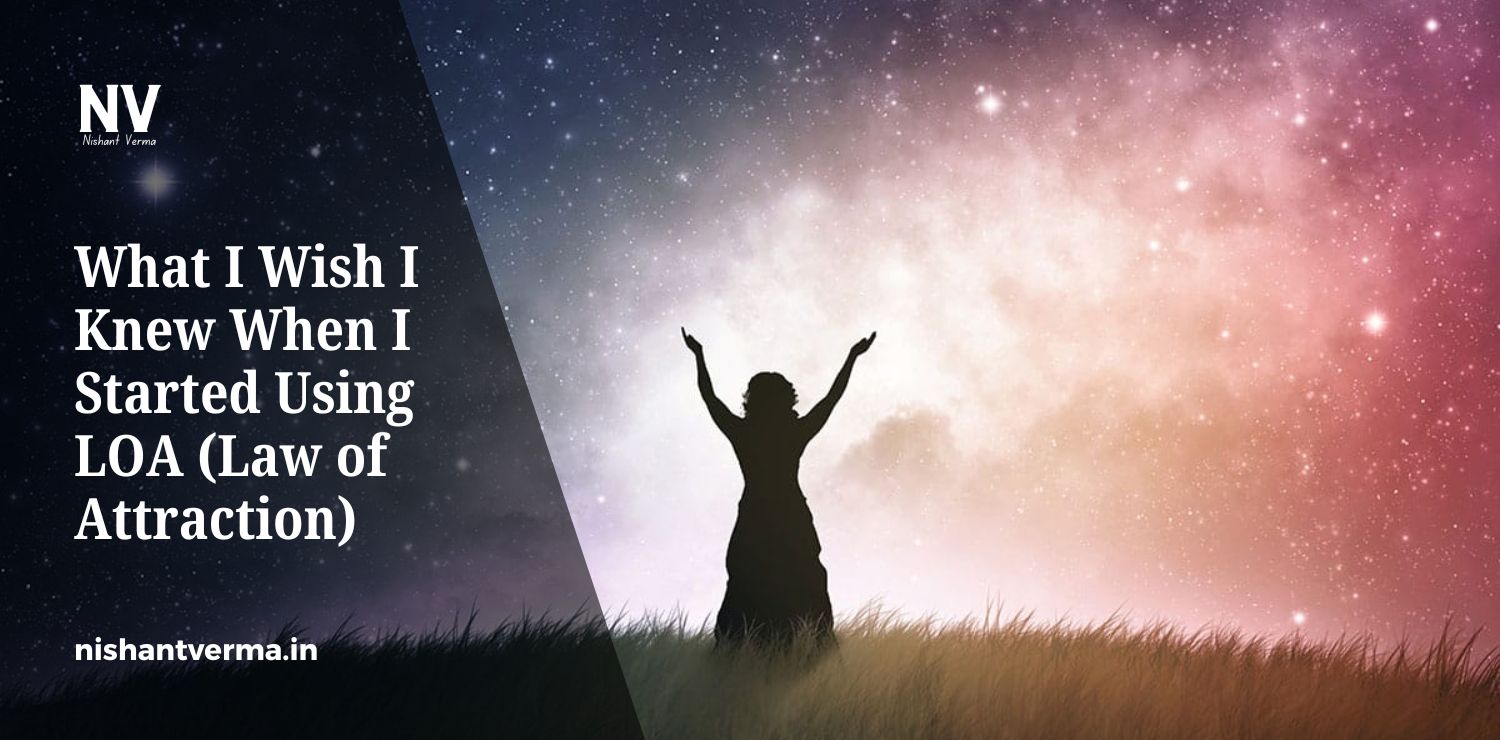India is a land with a rich cultural heritage, and among its many treasures are the traditional sports that have been played for centuries. These sports, once integral to the social and physical life of the people, had largely faded into the background as modern sports like cricket, football, and basketball became more popular. However, in the 21st century, there has been a noticeable resurgence of interest in these age-old games, driven by a desire to preserve cultural traditions, promote fitness, and reconnect with India’s sporting history. This article will explore the revival of Indian traditional sports, highlighting key examples, government initiatives, and the impact on society.
Rediscovering India’s Sporting Heritage
Traditional sports in India were not just about physical activity; they were often closely linked with cultural practices, rituals, and community bonding. Games like kabaddi, kho-kho, kabaddi, gilli-danda, and mallakhamb were played not only as forms of entertainment but also as ways to develop physical strength, agility, and mental focus. These games were particularly popular in rural areas and were often played in villages and towns during festivals, fairs, and gatherings.
However, over time, the rise of international sports and the growing influence of television and digital media led to a decline in the popularity of these indigenous sports. Many young people were more interested in playing cricket or watching it on TV rather than engaging in traditional games that required physical spaces and community participation.
In the 21st century, there has been a conscious effort to revive these traditional sports, not only to preserve India’s rich sporting culture but also to make them accessible to younger generations. Many people are beginning to recognize the value of these sports, which emphasize teamwork, physical fitness, and mental discipline.

Promoting Traditional Sports Through National Competitions
One of the significant factors behind the revival of traditional Indian sports is the organization of national and regional competitions. These events provide a platform for traditional games to be showcased to a wider audience and give players the opportunity to compete at higher levels. Kabaddi, one of India’s most popular traditional sports, has seen a major resurgence through events like the Pro Kabaddi League (PKL), which has brought the game into the mainstream.
The PKL, launched in 2014, has played a pivotal role in popularizing kabaddi among young audiences. The league has attracted large crowds and garnered television viewership, sparking interest in the sport across India. In addition to kabaddi, other sports like kho-kho and mallakhamb have also seen regional tournaments and competitions that have sparked interest and pride in these games.
Government-backed initiatives such as the Khelo India program, which promotes grassroots-level sports, have also played a significant role in reviving traditional sports. By introducing these sports in schools and providing platforms for young athletes, the government is ensuring that future generations are exposed to these games and encouraged to participate.
The Role of Technology in Reviving Traditional Sports
In today’s digital age, technology has become a powerful tool in promoting and reviving traditional sports. Social media platforms, YouTube, and sports apps have made it easier to reach a global audience, making it possible for these games to gain popularity beyond India’s borders. Traditional sports leagues and competitions are now streamed online, allowing people from around the world to watch and engage with them.
For instance, the Pro Kabaddi League has its own app and social media presence that keeps fans updated on match schedules, team standings, and live scores. Similarly, kho-kho and gilli-danda tournaments are being promoted through online videos and educational platforms that teach the rules of the game and its cultural significance.
Moreover, technology has made it possible to create virtual communities where people interested in these sports can connect, share their experiences, and learn from one another. Online tutorials and training videos are now available to those who wish to learn the techniques of traditional sports, thus making it easier for people, especially the youth, to engage with these games. As a result, the revival of Indian traditional sports has become an international affair, with people from various parts of the world showing interest in these ancient games.

Fostering Fitness and Mental Wellness
One of the key reasons behind the revival of traditional sports is the growing emphasis on fitness and mental wellness. In a time when modern life is increasingly sedentary, many people are seeking ways to stay physically active while also preserving their cultural heritage. Traditional sports offer a perfect balance between physical activity and mental stimulation, as many of these games require strategy, teamwork, and focus.
For example, kabaddi is not just a physically demanding sport; it also involves tactical thinking and strategy. The game teaches players the importance of timing, coordination, and communication with teammates. Similarly, mallakhamb, which involves performing acrobatic feats while balancing on a wooden pole, helps improve strength, flexibility, and concentration.
In a world where mental health issues are becoming more common, many people are turning to traditional sports as a means to relax, de-stress, and maintain mental well-being. Sports like yoga, which is deeply rooted in Indian tradition, also contribute to this shift towards more holistic fitness practices. Yoga, which combines physical postures, breathing techniques, and meditation, is now practiced worldwide as a way to improve both physical and mental health.
The revival of these traditional games is not just about physical fitness but also about promoting overall well-being. They offer a sense of connection to India’s cultural roots, bringing people together in a way that other forms of exercise or modern sports may not.
Cultural Significance and Community Engagement
Traditional sports play an essential role in fostering a sense of community and preserving cultural values. In rural India, many of these games were played during festivals, weddings, and village gatherings, and they formed a crucial part of social life. These events were not just about competition; they were an opportunity for people to come together, share stories, and celebrate their shared cultural heritage.
The revival of these games has brought back a sense of unity and collective participation, especially in rural areas. Local communities have started organizing tournaments and competitions, often with the support of the government or non-profit organizations. These events help bring people from different backgrounds together, fostering community spirit and a sense of pride in local traditions.
Additionally, the resurgence of traditional sports provides a way for younger generations to connect with their heritage and learn about the values embedded in these games. Whether it’s the teamwork required in kabaddi or the discipline and focus needed in mallakhamb, these games teach valuable life skills that are important for personal development.

Challenges in the Revival of Traditional Sports
Despite the growing interest in traditional sports, there are still several challenges that need to be addressed. One of the primary concerns is the lack of infrastructure and training facilities for these sports. Unlike cricket or football, which have established stadiums and professional leagues, traditional sports often lack the necessary infrastructure to support high-level competition.
Another challenge is the perception that traditional sports are outdated or inferior to more popular modern sports. Many people, particularly in urban areas, view traditional games as being less glamorous or competitive compared to international sports. Changing this mindset and encouraging more people to take pride in their cultural sporting heritage is an ongoing effort.
Furthermore, there is a need for more government and private sector investment in the promotion and development of these sports. While initiatives like Khelo India and the Pro Kabaddi League have done a lot to boost the popularity of traditional games, further support in terms of resources, marketing, and infrastructure is essential for their sustained growth.
Conclusion: Indian Traditional Sports
The revival of Indian traditional sports in the 21st century is a testament to the country’s commitment to preserving its cultural heritage while promoting physical fitness and community engagement. From the widespread popularity of kabaddi to the growth of mallakhamb and kho-kho, traditional sports are making a comeback, particularly among the youth. With the support of government initiatives, technological advancements, and a growing global interest in Indian culture, these ancient games are poised for a bright future.
The revival of these sports offers much more than just a return to the past. It provides a way for individuals to stay active, improve their mental and physical health, and strengthen community bonds. As India continues to move forward, traditional sports will play a significant role in shaping the nation’s cultural and sporting identity, offering a unique blend of fitness, fun, and tradition for generations to come.




